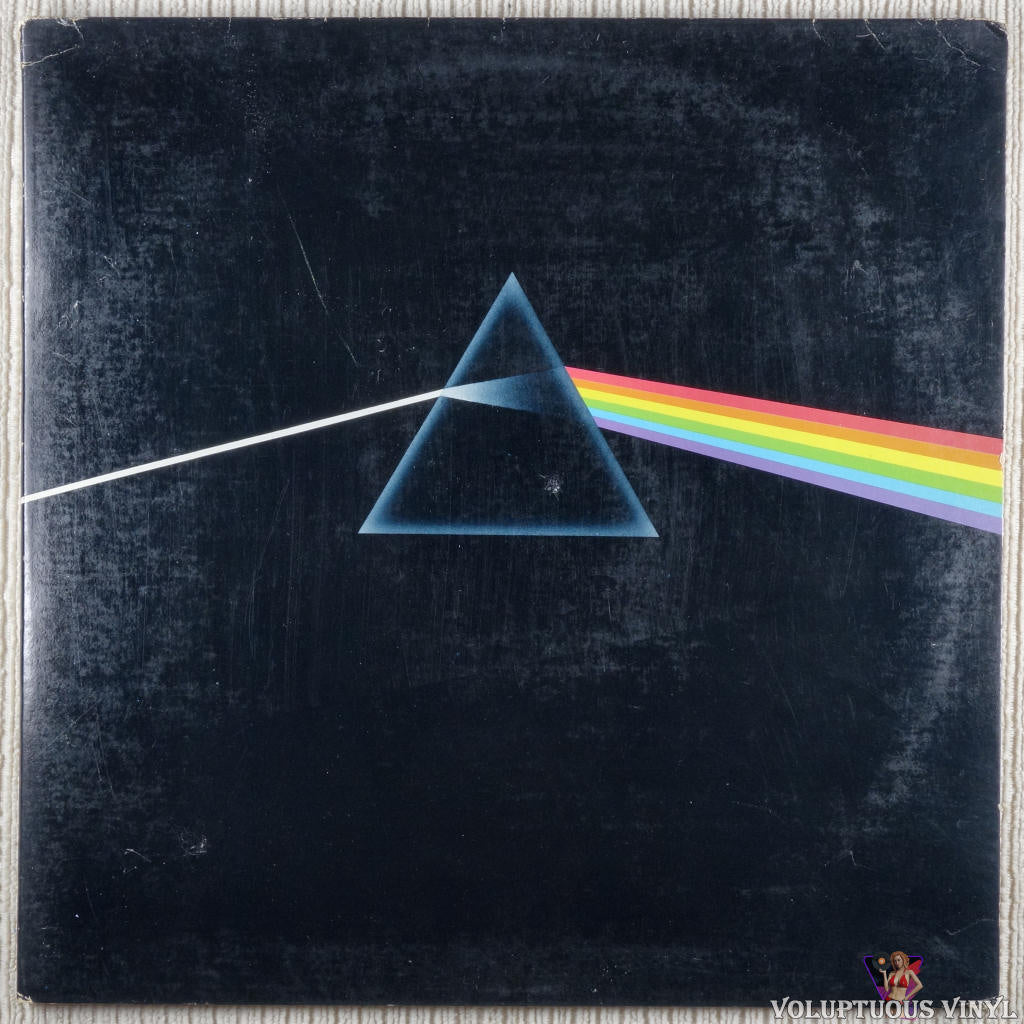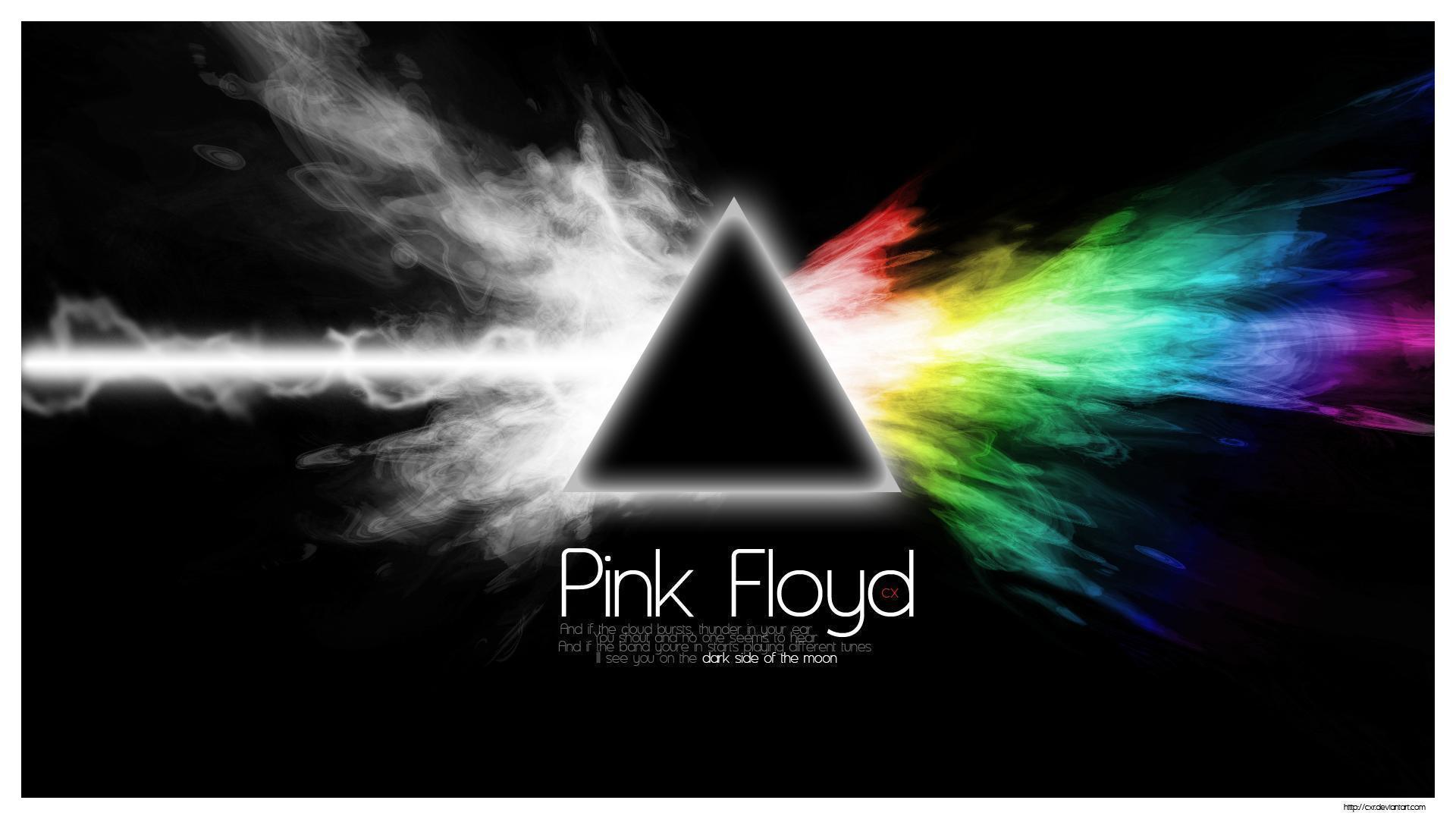

As for the second payload, it will deliver the Lunar Instrumentation for Thermal Exploration with Rapidity pneumatic drill and the Lunar Magnetotelluric Sounder. One of the payloads will contain two seismometers – the vertical Very Broadband seismometer and the Short Period sensor – as part of its Artemis approach, which aims to put astronauts back on the moon long-term. The first two payload suites have been assigned to the Schrödinger basin, the far side of the moon, also known as “a large impact crater on the far side of the moon near the lunar South Pole,” according to NASA. * On January 3, 2019, China sent the Chang’e-4 lunar probe to the “dark side” of the Moon and captured images.Īnd for those who can’t get the song out of their head while reading, enjoy The Dark Side of the Moon by Pink Floyd.Three commercial delivery missions will be sent to the moon’s surface, which will be spread out across multiple trips per year.

To this day, no manned lunar mission has landed on the far side of the Moon.* That’s the closest human beings have ever gotten. The first humans to view this region with their own eyes were the crew of Apollo 8, which orbited the Moon in 1968. The Apollo 8 Crew Was The First To View It Later probes took more extensive pictures. The photos revealed only a third of the far side, or about a sixth of the Moon’s total surface. The Russian Academy of Sciences published these photos in 1960. The other 41% of the Moon was a complete mystery to us until 1959 when the Soviet Union’s Luna 3 space probe took the first photographs of the far side. In all, it’s possible to see as much as 59% of the Moon’s surface from the Earth, though not all at once. We already know the effect the Moon can have on the Earth, influencing our tides, but the Earth’s effect on the Moon is even more dramatic, due to its greater mass.ĭue to libration-the seeming oscillation of the Moon as it travels nearer and farther from the Earth in its uneven, elliptical orbit- we can actually see a small portion of the far side of the Moon on occasion. Tidal locking occurs because the Moon and the Earth are so close together, and their gravitational pull on one another is so strong. This causes one hemisphere constantly to face the in toward the Earth. Why Do We Only See One Side?īut why is there a far side at all? If the Moon rotates on its axis, like the Earth, shouldn’t we see all of it at one point or another?ĭue to a phenomenon called tidal locking (also known as gravitational locking, captured rotation, or synchronous rotation), the Moon takes just as long to rotate on its own axis as it does to revolve around the Earth. One, the South Pole–Aitken basin, is actually one of the largest known craters in our Solar System. The craters on the far side are also quite large. Only about 1% of the far side is covered in the dark formations. Its surface is densely pocked with impact craters, and it features few maria compared to its other half. The far side, in contrast, is far rougher and craggier. These maria, Latin for seas, got their name because early astronomers once thought the dark patches on the Moon were bodies of water. The near side of the Moon is relatively smooth and about a third of it is covered with large maria-dark, basaltic plains created by volcanic eruptions. The far side of the Moon is very different in character from the side we’re used to looking at. Characteristics of the Far Side of the Moon


 0 kommentar(er)
0 kommentar(er)
